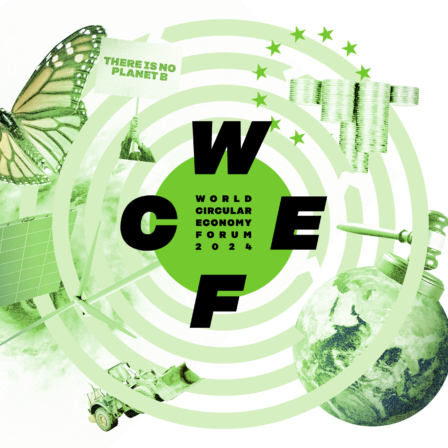Africa
The population is growing and becoming younger. Most of the global population growth happens in Africa and the population of sub-Saharan Africa is expected to double by 2050. The proportion of young people will grow and the rate of urbanisation will increase.
Climate change drives migration. African countries will be the worst hit by the impacts of climate change – despite the fact that they have the lowest emissions. Crop yields will decline because of drought, insect pests and diseases. This can lead to mass migration, although the majority of it will occur within countries or between neighbouring countries.
Asia
Growing geopolitical power. Many reports have declared that the Asian Century has begun. Asian economies are growing and China, in particular, is making substantial investments in other countries. The Belt and Road Initiative aims to increase China’s influence throughout Asia and beyond.
Urbanisation. Urbanisation is continuing and most of the world’s megacities, defined as urban areas with a population exceeding 10 million, will be located in Asia in 2030.
Increase in extreme weather phenomena. The impacts of climate change will become increasingly obvious in the region. Floods and droughts will increase, the sea level will rise, storms will become more intense and coral reefs will be wiped out. The availability of food and drinking water is expected to decline significantly at times.
North America
Polarisation of views and growing inequality. Economic inequality has been growing for a long time, and this trend is expected to continue in the absence of significant reforms in society. At the same time, differences in views between the political parties have deepened.
Geopolitical power is declining but not lost. In spite of China and other Asian countries growing in significance in the global arena, the United States and US corporations are expected to remain important influencers.
The population is ageing and growing. The ageing of the population is happening in North America as well, but it is expected that the relative size of the working-age population will be higher than in Europe, for example, and population growth is expected to continue into the 2050s.
South America
The population is ageing. The population is ageing rapidly in South American countries, although the median age will remain lower than in Europe.
Uneven economic development. Expectations of economic growth vary, but Brazil and Mexico are expected to remain significant economies.
Growth in migration. Economic differences between countries, political conflicts and climate change will increase migration within the continent.
Europe
Continued difficulties within the EU. The development of the European Union will be challenged by growing polarisation between the elites and the masses, tensions between liberal and authoritarian views, Euroscepticism and populism.
More droughts, floods and heatwaves. An increase in extended droughts and heatwaves brought about by climate change will have a negative impact on agriculture, tourism and well-being. The likelihood of floods will also increase.
Social challenges accumulate. Europe’s populations will age and urbanisation will continue. Growing economic inequality along with internal and external migration will lead to more extreme views and unrest.
Russia
Geopolitical role continues to be characterised by tension. Russia is predicted to maintain its role in world politics, but its relationship with Europe will remain difficult and China’s growing role will complicate the situation. The opening up of the Arctic sea route as a result of climate change will present new opportunities for Russia.
Climate change complicates agriculture. Drought will have an adverse impact on agriculture in the large farming regions in the southern parts of the country, while the warming and pollution of the climate will create a need for mitigation and adaptation measures well beyond those that are currently being taken.
The population is declining, ageing and becoming centralised. The population will age and urbanisation will continue, leaving a growing proportion of the country uninhabited.
















Recommended
Have some more.